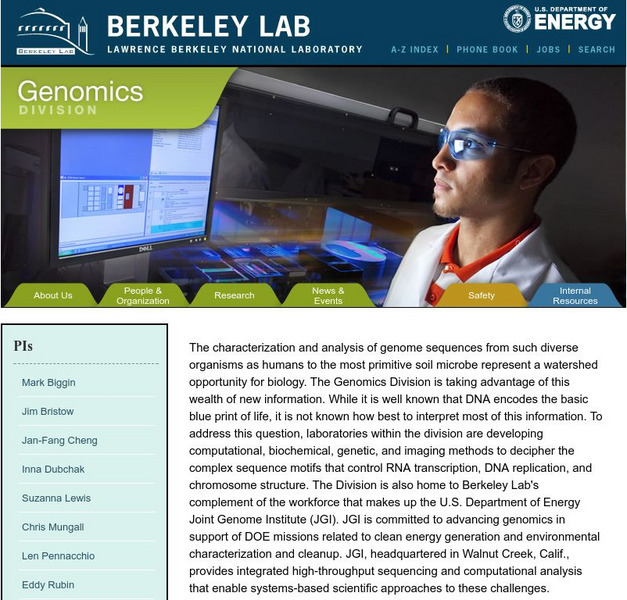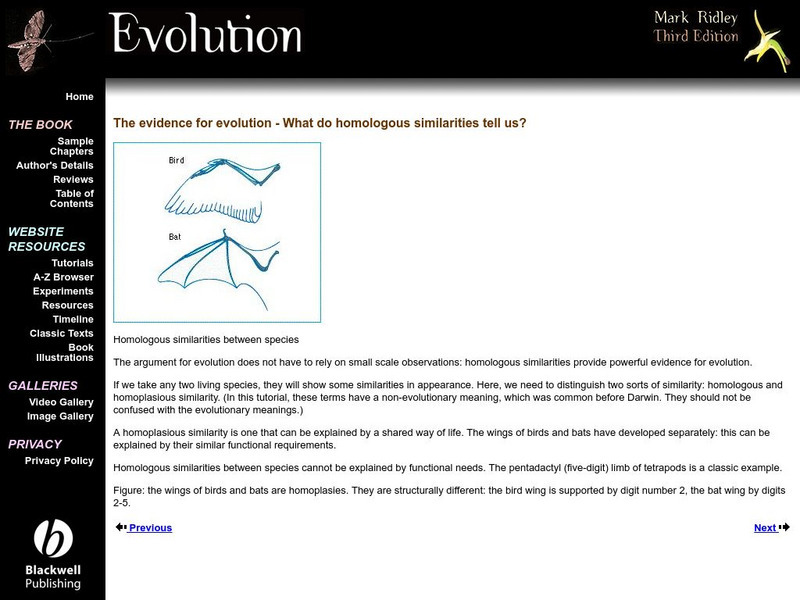Hi, what do you want to do?
Curated OER
Sex-Linked Genes and Disorders
For this genes worksheet, students determine how the gender of a baby is produced plus explore sex-linked disorders such as hemophilia. This worksheet has 20 fill in the blank and 8 short answer questions.
Curated OER
Born of Blood: Inheritance of Blood Types
Students examine inheritance of blood types. In the chromosome lesson, students create a model of chromosome and predict the blood type of offspring.
Curated OER
Amylase Enzyme In Saliva
Students test for amaylase enzyme in a variety of substances. Student pairs perform a series of tests to determine how long it takes the starch sample to change to sugar molecules and the blue color to disappear when various saliva...
Curated OER
Ionic Compounds
In this ionic compounds worksheet, students identify the number of electrons gained or lost in ions, they show that transfer of electrons in ionic compounds and they write balanced ionic compounds given ions. They answer 4 questions...
Curated OER
Biotechnology
In this biology worksheet, students complete a crossword puzzle with 23 questions on biotechnology. They identify the benefits and ethical issues about biotechnology.
Curated OER
Simulation of Gene Splicing
Students simulate gene splicing by examining bacteria. They create a bacterial DNA into which they insert the human DNA (gene) that codes for growth hormone. They cut the sites of the enzyme to study how the human DNA can be joined to...
Curated OER
Karyotype Alternatives
Students study karyotyping, which is a process in which chromosomes are cut out from an enlarged picture and arranged in decreasing order of size. They use a template to arrange and glue chromosomes to data sheet, indicate sample code,...
Curated OER
Why do we need Vitamin C in our diet? Or Why do we carry old inactive genes in our genome?
Students explore and explain how mutations in the DNA sequence of a gene may be silent or result in phenotypic change in an organism and in its offspring. They analyze how evolution and biodiversity are the result of genetic changes that...
Curated OER
Who Stole My Salad?
Eighth graders explain how protein is made in the cell. In this biology lesson plan, 8th graders translate RNA and DNA using an internet database. They determine the thief based on evidence collected.
Curated OER
Ethical Decision Making in Biology
Students explore a model that illustrates the spread of HIV through an adolescent population. Acting in the role of epidemiologists, students explore the dilemmas of HIV infection presented by a simulation. Students produce a play, skit,...
Curated OER
Issues in Genomics
Learners explore the definition of ethics and genomics. In this organism lesson students participate in the chosen teacher lesson.
Curated OER
DNA and RNA
Tenth graders research the history and discovery of DNA. Using their text, they label a basic DNA structure and the composition of genes. They explain how RNA and DNA differ from one other and discuss the processes of transcription and...
Curated OER
Ladders of Life
Students explore the field of genetics. They examine four basic traits. Students demonstrate their knowledge of phenotype and genotype by charting their personal traits. Students compelte a Meiosis chart. From the chart results,...
Curated OER
Nutrient Biochemistry
In this nutrient biochemistry worksheet, students complete the blanks with information about nucleic acids and the process. Students also draw a figure referenced in the text given.
Curated OER
Cells and Cancer
Students idenitfy that cancer is a growth of mutated cells and that cancer cells are only one type of cell that causes disease in our body. They also identify that all eukaryotic cells contain a nucleus, cytoskeleton, and a cell...
Curated OER
SAY IT WITH DNA: Protein Synthesis Tutorial
Ninth graders explore protein synthesis. For this DNA lesson students complete a worksheet and a DNA lab activity.
Curated OER
DNA. RNA, and Proteins
A comprehensive five-page quiz or study guide covering DNA and its related processes. Young geneticists will need a strong understanding in order to complete this handout, which includes multiple choice, matching, compare/contrast, and...
Curated OER
Protein Synthesis
In this science related worksheet, students study, locate and answer ten multiple choice questions dealing with protein synthesis.
Curated OER
Family Medical History Pedigree
Young scholars research his/her family medical history and produce a pedigree with information.
Lawrence Berkeley National Laboratory
Berkeley Lab: Genome Sciences
The LBN Laboratory uses the data generated by the Human Genome Project to actually map the genes within the decoded genome.
Cold Spring Harbor Laboratory
Dna From the Beginning: One Gene Makes One Protein
Early research showed that genes code for proteins. This was based on studies using mutant strains of bread mold. This multimedia article includes animations, pictures, video, biographical information, and quiz questions that are...
Oak Ridge National Laboratory
Oak Ridge National Laboratory: Behavioral Genetics
A useful introduction from the Oak Ridge National Laboratory on the study of how genetics and behavior are linked. Many useful resource links are included.
Other
The Evidence for Evolution: Homologous Similarities
This site is a section part of a website that accompanies "Evolution," a textbook by Mark Ridley. Here he covers homologous structures, using them as evidence for evolution.
National Health Museum
Nhm: Amino Acid Sequences Show Evolution
This lesson plan focuses on differences in the amino acid sequence of hemoglobin and myoglobin proteins. They use the number of differences to create a phylogenetic tree.



























